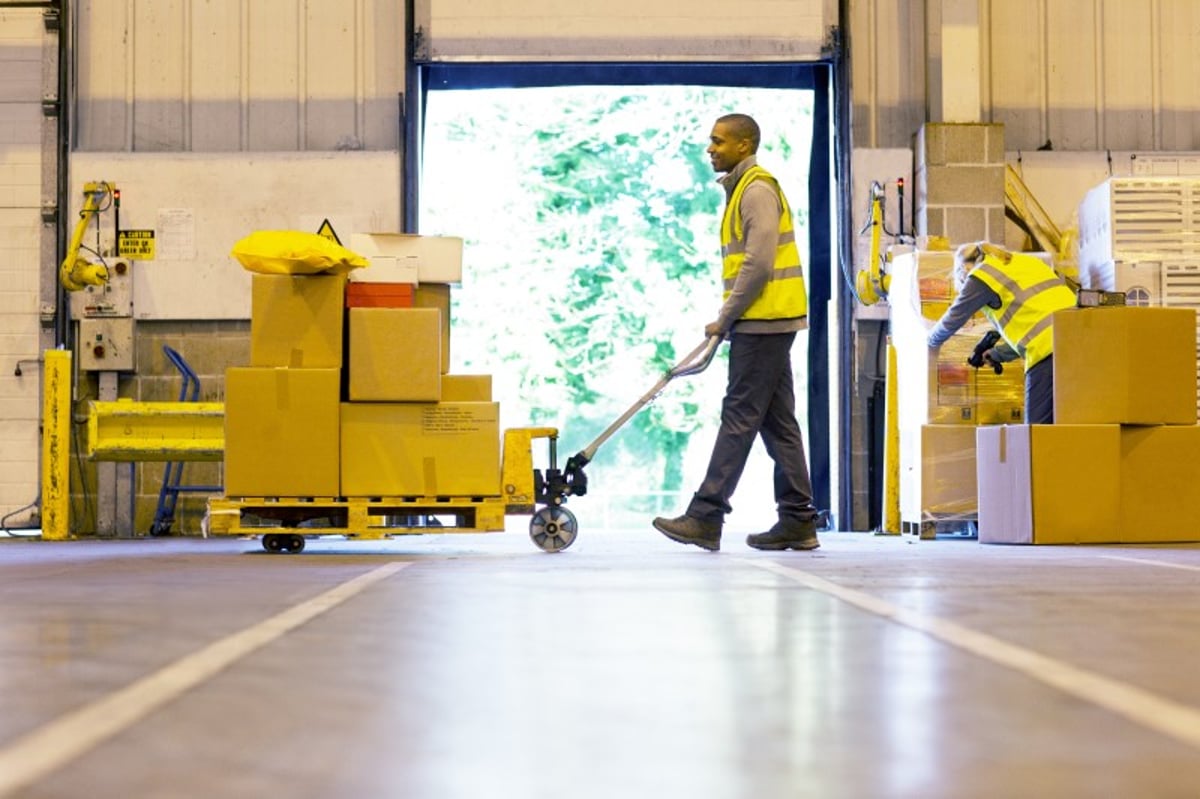How 3PL Warehouses Can Adapt After Market Shifts
The warehousing and distribution industry has grown exponentially over the last year. As ecommerce and omnichannel fulfillment grew, more warehouses opened, increasing competition in the marketplace while many distribution centers adopted technological platforms to help drive efficiency.
In a booming and rapidly growing industry with a dramatic increase of competition, many third-party logistics (3PL) warehouses found themselves struggling to expand or even maintain profitability despite growing market demand. During a frenzied market, warehouses that remain focused on their business, committed to their customers, and maintain operational discipline stand the greatest chance of becoming more profitable in a fluid environment. Now here are five steps to help 3PLs achieve those goals and increase their warehouse’s profitability.
1. Planning and Forecasting
The COVID-19 pandemic caught a lot of businesses by surprise. Sudden changes in consumption resulted in an increase of ecommerce. Dubbed a Black Swan event by many observers, the growing trend of online shopping should not have been a surprise. During the past 20 years, consumers have been increasingly purchasing goods online to save time and money. It was already clear that ecommerce was going to become a standard vertical for distribution and fulfillment.
Huge market shifts happen suddenly. Yet, there are typically trends moving in a certain direction until a catalyst pushes the final metamorphosis. Early adopters tend to survive and eventually profit from market changes while businesses slower to move often pay the price for being late to the game. This makes it even more important for 3PLs to pay close attention to growing consumer trends.
Though many warehouses might only deal in B2B environments, end-consumer habits will always impact supply chains. By staying on top of industry trends and keeping an open mind to change, warehouses will position themselves to proactively grow and profit from changing markets instead of belatedly reacting to them while their more intuitive competitors take the lead.
2. Business Competitive Advantage
While it is important to remain resilient in changing markets, it is equally important to stay focused on your core business. This might sound like a bit of a contradiction to the previous point, but it will keep your warehouse alive during dynamic market shifts.
When industries experience seemingly sudden changes, it can be easy for businesses to become disoriented, causing them to be overwhelmed by their environment. Staying focused on servicing the core business while focusing on a specific direction forward will help 3PLs succeed in the face of change and competition. I talk to warehouses several times a week that seem unsure of how they want to proceed. They are often businesses that were caught off guard by shocks to global supply chains and consumption habits over the past year.
When I ask them what the business needs in a warehouse management system (WMS) solution, they’re unsure because they haven’t committed to a particular direction. This makes them apprehensive about investing in technology that improves operations resulting in an unwillingness to spend a few hundred dollars a month to get out of manual processes. If a 3PL is not willing to invest in operational improvements that will help them adapt to a changing marketplace, they’re not committed to growing and will continue to struggle until being outcompeted.
Pick a direction to grow, invest in doing it better than everyone else, and dig in with the existing customer base to continue paying the bills while aggressively growing the new business.
3. Warehouse Labor and Automation
Proactively engaging the market and focusing on the core business lays the strategic foundation for broader margins and increasing profitability on a day-to-day basis. When the business and the team clearly understand the overarching vision for the future, they can plan their workflows around achieving that goal. This allows for better allocation of labor and a clearer criterion for selecting and implementing technological solutions.
Automating the most manual tasks in your workflow will help save time and mitigate the potential for errors. Human beings are one of the largest operational costs for warehouses, but a necessary input. Without a clear vision for your business’ future direction, it is difficult to decide how labor should be managed. Which tasks need to be automated or streamlined if resources are finite? Then answer depending on the direction of your business.
4. WMS Connectivity
A lot of 3PL warehouses spend a lot of time manually tracking inbound products, outbound orders, and invoicing. Having a system that can plug into a variety of software platforms to enhance your team’s productivity will save a lot of double work. Not all warehouse management systems are created equal, so it’s important to ensure that your system can export charges to your accounting platform, connect to online shopping carts and small parcel service providers to process orders, and integrate with transportation management systems (TMS) to track inbound shipments while facilitating automated dock scheduling to hold carriers accountable to for wait time and delays.
Unless your warehouse is willing to spend upwards of six figures a year for a custom-built WMS, you will need to find a platform with an open API to connect with other systems. Leveraging a cloud-based, flexible WMS can control costs, have technical extendibility, and offer enhanced productivity through the connection of systems.
5. Use of Warehouse Space
Slow moving inventory is like revenue siphon. A 3PL warehouse is a place for retailers to store their inventory until it needs to be distributed. However not all businesses are created equal, and some are better at selling their goods than others.
Slow moving inventory takes up valuable space in a warehouse that can be used for more profitable value-added services. Long-term storage should be priced higher to incentivize movement. Value-added services drive the most revenue while storage seems to occupy space at a discount. It’s important to make sure inventory keeps moving or to charge customers for the space they take.
Key Take Aways
Profitability comes from a combination of commitment to existing clientele, disciplined strategy, and effective resource allocation in the form of automation, labor allocation, and accurate pricing for storage. It’s easy to get caught up in a frenzied market in which conditions change rapidly, which is why warehouses will need to focus on their future direction and commit time and resources to ensuring lasting profitability.






